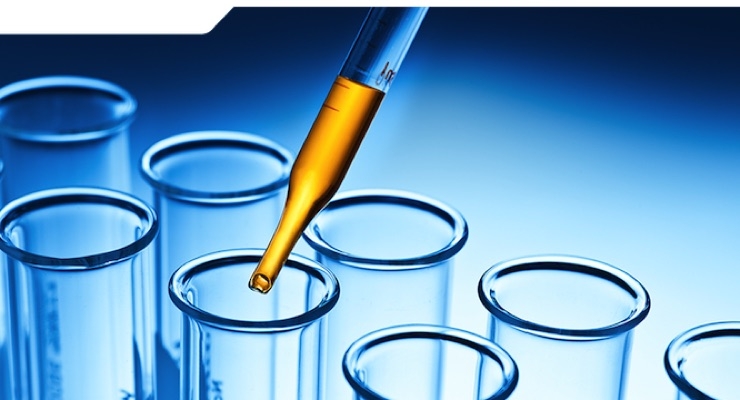
Preclinical drug development is a crucial research phase after formulating a new medicine for its safe trial in humans. Preclinical Drug Development is significant in producing safe, potent, feasible, and effective drugs. It is also essential in the research as the drug’s safe doses and potential toxicity are identified before clinical trials. Drug development takes a significant amount of time, resources, and money. Therefore it’s crucial to ensure the medication passes all the preclinical tests.
Preclinical Tests and Examinations
Various tests are carried out in this phase, including Pharmacodynamics (PD), Pharmacokinetics (PK), ADME, and toxicology. The researchers use the data from these tests to calculate a safe starting dose of the medication for human clinical trials.
Pharmacodynamics(PD) and Pharmacokinetics(PK) :
Pharmacokinetics and Pharmacodynamics are the two significant subfields within Clinical Pharmacology.
Pharmacodynamics is the study of the mechanism of how drugs affect the body’s biochemistry and physiology, how a specific drug interacts with the receptors, the post-receptor effects, and the chemical interactions that happen further. Pharmacokinetics deals with understanding the long-term effects of drugs within the body, their absorption, transmission, and excretion.
Pharmacokinetics and Pharmacodynamics together impact dosage, benefits, and adverse effects.
Bioavailability and Bioequivalence
Bioavailability is a crucial part of Pharmacokinetics. It is the degree to which a substance or medicine is fully absorbed by its intended biological target. It’s the amount and pace at which the active drug ingredient or active moiety from the drug product is absorbed and made available at the drug’s site of action.
Bioavailability also depends upon the route of administration of the drug. For any route of administration, the bioavailability of a drug is either less than or equal to 100%. A medication’s bioavailability is considered to be 100% when it is given intravenously. In contrast, it’s less than 100% for any other routes of administration. Routes other than intravenous require more time due to absorption and metabolism processes.
Other than the drug administration route, bioavailability depends on the dose of the medicine. The drug dose has an indirect correlation with it. For drugs having lower bioavailability, a higher dose is needed to attain the lowest effective concentration threshold.
Calculating the maximum drug concentration in the systemic circulation, the amount of time it takes to attain this concentration, and the area under the curve for the time and drug concentration graph helps in accessing the bioavailability of drugs.
Drugs having similar bioavailability are considered bioequivalent. They have the same active ingredients and produce the same outcomes. The two medications must have the exact dosage and identical circumstances for comparing two drugs for bioequivalence.
Significance of Bioequivalence
Various formulations which can deliver the same quantity of active ingredients and bring about the same results are identified through drug bioequivalence services. Generic drugs are tested and compared with brand-name drugs for bioequivalence. The generic drug need not go for complete bioequivalence clinical trials but to be proven bioequivalent to the brand-name drug. The U.S. Food and Drug Administration’s (FDA) stamp of approval is essential for pharmaceutical manufacturers to sell or market generic drugs.
Limitations in Bioequivalence:
Doctors and physicians are cautious about various generic drugs for not being as effective as brand-name drugs.


